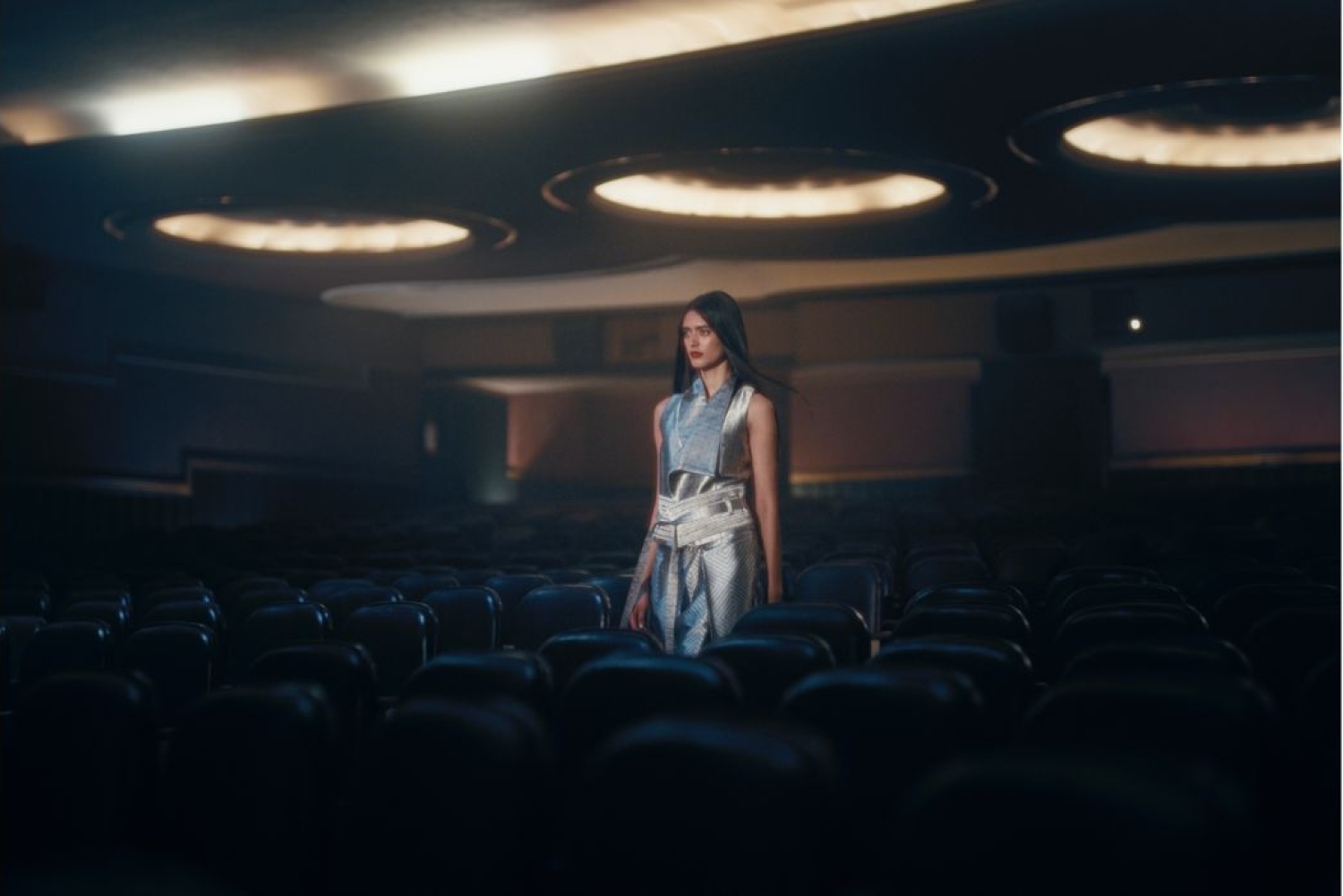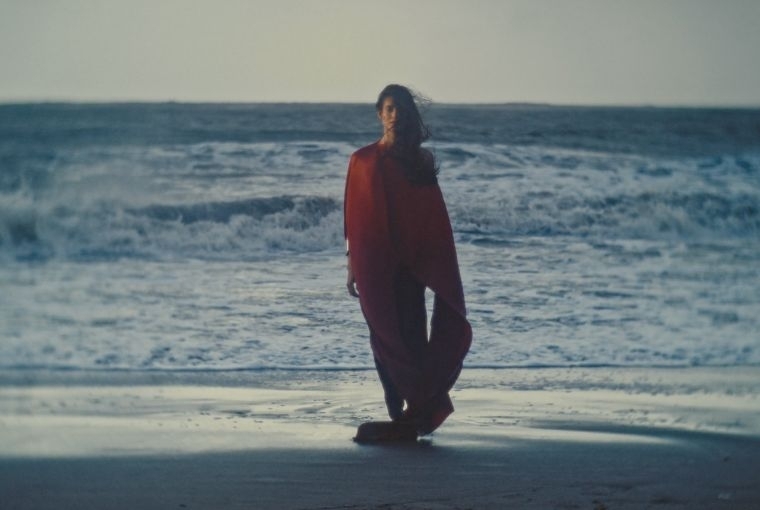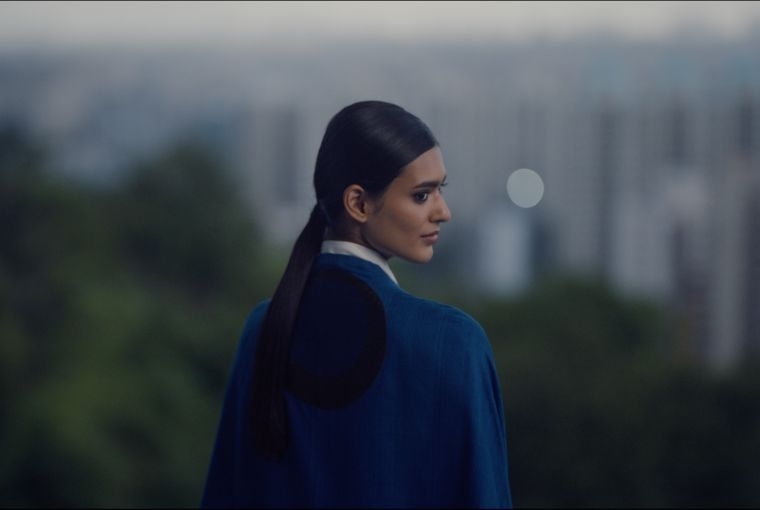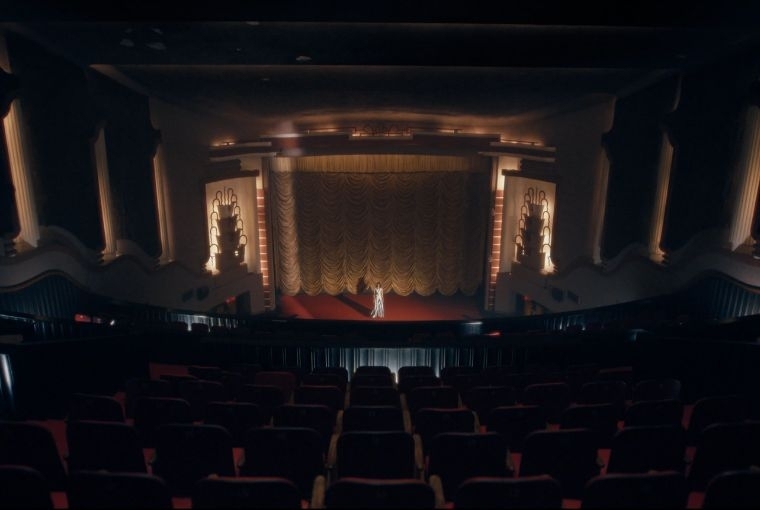

Fashion often oscillates between the poles of maximalism and minimalism, but Payal Khandwala has carved out a striking middle ground of her own. Her design language is measured, thoughtful, and unmistakably bold, celebrating clothing that empowers women to let go of insecurities and fully embrace themselves. We met at her studio, a calm, contemplative space that feels almost meditative against the thrum and chaos of Bombay, and it was the perfect backdrop for our conversation. Payal spoke about the influences that have shaped her, from the quiet wisdom of Japanese philosophy and the restless spirit of the city she calls home, to her commitment to creating pieces that last far beyond trends. She reflected on the subtle ways her work resonates, the craft behind her process, where precise sketches take precedence over surface embellishment, and her evolving dialogue with a global audience.
Can you reiterate your founding ethos, and describe the woman you design clothes for?
When women design for other women, there certainly is an advantage. Because, for example, I wouldn’t have that if I were making clothes for men. I don’t have access to their bodies, their psychology, or what annoys them in the morning when they look at themselves naked in the mirror. But I know what women are preoccupied with. And that perspective informs a lot of the design decisions I make. I’ve always wanted women to forget about what they’re wearing once they put it on, because that’s when they can be the best version of themselves.
For me, the ethos has always been rooted in craft. I’m not a maximalist, but I’m not quite a minimalist either. I’m always trying to find a fine balance. It’s the way I look at life; everything should be a fine balance. You can’t go too far in any one direction. You can’t only look at craft and forget you’re still in a global setting. So yes, we tap into craft, but we also try to make it accessible to the world. I learn a lot from the culture of Japan. I love the philosophy of how they’ll do one thing and try to do it beautifully. They’ll spend their whole lives trying to perfect it, but they understand that everything is flawed. So, to be able to do that, and to be at that fulcrum of everything, is quite important to me. Our clothes are never too feminine. They’ll always have some elements of strength, whether it’s a collar from menswear or the palette. It’s always about that balance, constantly, but it’s important to me that our design puts the woman first.
Typically, the label resonates with creative women. Because they tend to be aesthetes, they care about good design and are discerning by nature. But it has to be the product first, a good product that fits properly and doesn’t cut any corners when it comes to maximizing whatever shape. I understand instantly that a square does not equal a rectangle, and a rectangle doesn’t equal a triangle, and women come in all shapes. So you have to design for all of those shapes, because something may work for a few, but it rarely means it will work for everyone. We work with the idea that when someone walks into the store, they will certainly find something they love, something that works for them because it makes them feel unique, feel good.

Has it been challenging to stay true to your quiet yet impactful approach in fashion?
I tell my daughter this, “The way you do anything is how you do everything. If you have that attention to detail, that focus, and you want to do something well, then that’s non-negotiable. You can’t do one thing one way and another differently. How you see the world, how you respond to it, how you create, how you love…this becomes your guiding philosophy.” As a person, I’m quite private. I like stillness, I try to stay present. I don’t like being hurried and I dislike clutter. And I prefer always, for things to be timeless. I have no interest in ‘cool’. The reason I started my brand much later in life was that I knew there was a vacuum for the kind of clothes I wanted to wear. So I knew what I had to make. I had a point of view, a voice. It’s easy here to repackage old ideas; we have so much to draw upon. India is the mothership of textiles.
But as a label, we’re more interested in being the grammar for future generations; we don’t borrow too heavily from the past. Just enough to be rooted in our heritage, but to suggest a vocabulary that is more relevant today. And a voice that truly represents a new India. We’ve been quiet, because that’s just how we are. Being pushy and aggressive is not really in my nature; that to me would be a bigger challenge. True luxury is a rarity, and so it can’t be that accessible. Because then it doesn’t feel like you’ve discovered something special. We don’t go on sale. We make in small batches. Sometimes we do limited editions. There might be just one garment in that colour and design. But then it feels even more meaningful. When people come to our store, we are happy for them to just come here for a reset, for a pause. Our teams are warm and helpful, but they’re not aggressive and don’t shadow the customers. Sometimes the stillness and large quiet spaces can be a bit intimidating, but we don’t want anyone to feel like they don’t belong here. Everyone is welcome.

Can you talk a little about your love affair with Bombay and the short film you made around it?
Bombay is my home. My family is here. The energy here is just so wildly tenacious. It is relentless. There’s something about this city. The duality is in the respite of its horizontal ocean, more feminine, always in concert with the vertical city’s more masculine side, concrete, strong and immovable. The tide crashing in and out feels like a dance. To me, it’s that romance between the two, the chaos and then the quiet. When you see films on Bombay, you often see the local trains, the chaos, the rickshaws and the slums. And yes, they all exist. But I wanted to focus on the pockets of stillness. Because people do find them. It’s the only way to survive this city.
You see so many people on Marine Drive on weekends. Their whole week is busy, relentless. This pause is their lifeline. This film is a love letter to the city that I love. We got the talented Tajdar [Junaid] to do the music. I’m obsessed with negative space. When you put something somewhere, the space around it becomes important. When you make a shirt, the space between the shirt and your skin becomes imperative, intimate, private. Now, if you made the same shirt very fitted, what does that do instead? Much in the same way, in the film, we wanted to think about the negative space. Even in the music. It’s minimal with lots of rest, even in between notes.
What thought process went into styling for the film?
We were thinking architecture in the first half of the film, so we picked more structured, tailored, origami-like shapes for the first half of the film when she’s surrounded by concrete, buildings and in an urban setting. Then, for the second half of the film, when she’s in the water, we styled her in our signature pleated look, more diaphanous and fragile, to echo the ocean. While I do like structure in clothing, I’m not a fan of design that doesn’t incorporate some fluidity. If I make a jacket, it most likely will be relaxed. I’m quite informal as a person: I like to sit cross-legged on the floor, slouch into chairs. So while my clothes have to be elegant, they need to allow for some free-spiritedness.

What has been your creative process all these years?
I really like drawing. Working on the computer is not my preferred method of ideating. The computer for me is a tool to execute the plan, but the original idea has to begin in one’s imagination. Most of my ideas start as sketches; I do lots of drafting. And of course, it’s almost impossible to design our collections now without the help of computers. When we send artworks to our printers or weavers, it’s all done via digital files. Even so, my initial ideas are always sketched. These drawings aren’t glamorous; they’re usually just technical. As a student, I spent a lot of time making fashion illustrations. But those illustrations served no real purpose, except to play. My masterji, for example, has no interest in fashion illustrations; he only cares about technical drawings. Once the idea is fleshed out, the patterns, motifs, and the textiles get ready to be woven, printed, then cut, sewn and ultimately engineered to become the final garment.

What lies next for you?
We’re just a couple of weeks away from our festive drop. I’ve been working on a series of short clips showcasing the collection, styled in the way I envision people wearing them. From a brand perspective, our woman is probably best described as bohemian but also chic. So while we create pieces with textiles rooted in our heritage, the clothes are quietly sophisticated. The idea was always to offer a versatile wardrobe that you could wear during the day and easily transition from, and wear anywhere in the world. Interestingly, a majority of our online customers are not even Indian. And while I appreciate my Indian customers, I also want women from across the world to connect with our craft and our clothes, perhaps wear a brocade skirt with their sweater and boots.
They do worry about cultural appropriation, especially with the brocades. But we reassure them that these are not ritual-specific garments, and wearing them supports an important craft sector. I realize that people now are sensitive about these issues, so we try to communicate clearly and help everyone feel comfortable wearing our pieces. There’s a lot in the pipeline, we’re just getting ready to launch our new website, a new campaign and I’m excited to see how our tribe responds.
Words Hansika Lohani
Date 10-11-2025